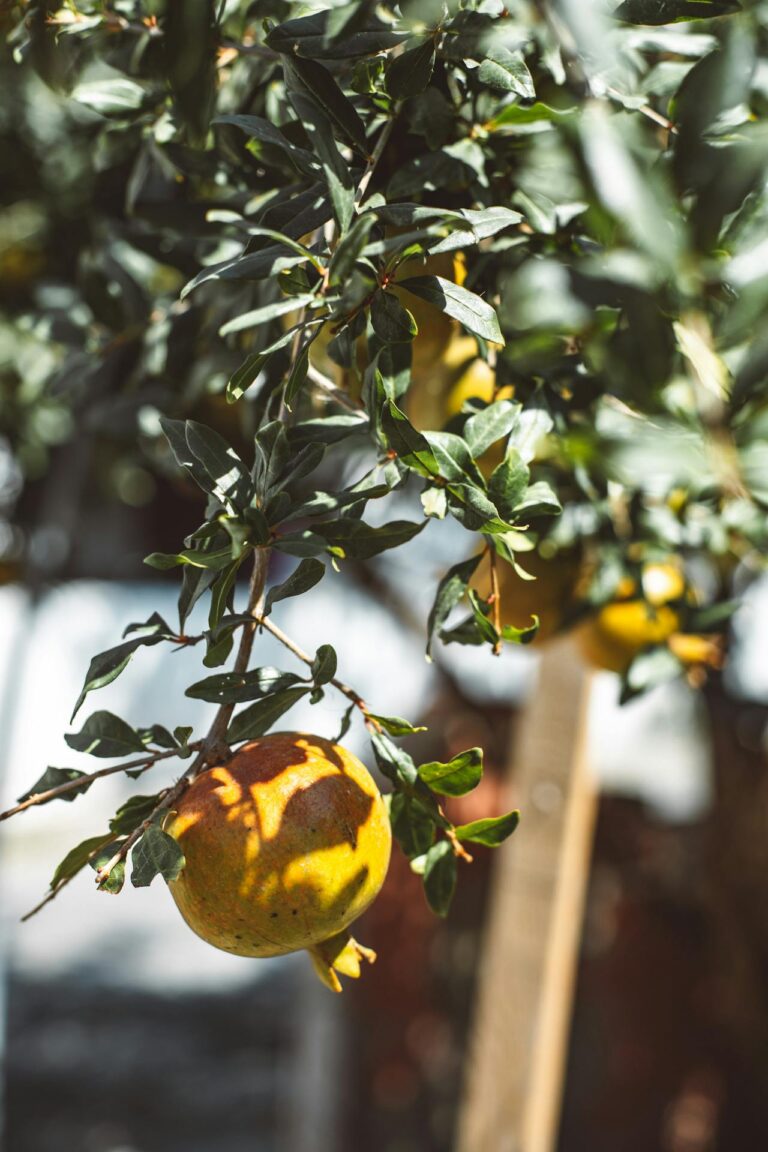Differences Between Spanish from Spain and Latin American Spanish
Spanish, spoken by more than 500 million people worldwide, presents a rich variety of dialects and lexical variations. Although Spanish speakers can understand each other without too much difficulty, there are significant differences in the vocabulary used in Spain and Latin American countries. These differences can surprise Spanish learners and are crucial for those who want to immerse themselves in the language. Here, we explore six semantic families where Spanish from Spain and Latin American Spanish show notable differences.
1. Everyday Vocabulary
One of the areas where the lexical differences between Spanish from Spain and Latin America are most noticeable is in words related to daily life. Common objects and actions have different names depending on the country.
- Coche vs. Carro/Auto: In Spain, “coche” is used to refer to a vehicle, while in most Latin American countries, “carro” or “auto” is used.
- Spain: “Voy a limpiar mi coche.” (I am going to clean my car.)
- Latin America: “Voy a limpiar mi carro.” (I am going to clean my car.)
- Ordenador vs. Computadora: In Spain, the word “ordenador” is used for a computer, while in Latin America, “computadora” is preferred.
- Spain: “Necesito un nuevo ordenador.” (I need a new computer.)
- Latin America: “Necesito una nueva computadora.” (I need a new computer.)
- Móvil vs. Celular: The mobile phone in Spain is called “móvil,” while in Latin America, it is called “celular.”
- Spain: “¿Dónde está mi móvil?” (Where is my mobile phone?)
- Latin America: “¿Dónde está mi celular?” (Where is my cell phone?)
These examples show how everyday vocabulary can vary considerably from one country to another, affecting communication in daily situations.
2. Food and Drink Vocabulary
Food is another area where lexical differences are very evident. The same foods may have different names in Spain and Latin American countries, which can be confusing for Spanish learners.
- Patata vs. Papa: In Spain, “patata” is what most Latin American countries call “papa.”
- Spain: “Voy a freír unas patatas.” (I am going to fry some potatoes.)
- Latin America: “Voy a freír unas papas.” (I am going to fry some potatoes.)
- Zumo vs. Jugo: In Spain, fruit juice is called “zumo,” while in Latin America, it is called “jugo.”
- Spain: “Quiero un zumo de naranja.” (I want an orange juice.)
- Latin America: “Quiero un jugo de naranja.” (I want an orange juice.)
- Tarta vs. Pastel: In Spain, “tarta” refers to a cake, especially birthday cakes. In Latin America, “pastel” or “torta” is used.
- Spain: “He preparado una tarta para el cumpleaños.” (I have made a cake for the birthday.)
- Latin America: “He preparado un pastel para el cumpleaños.” (I have made a cake for the birthday.)
- Melocotón vs. Durazno: The fruit known in Spain as “melocotón” is called “durazno” in most Latin American countries.
- Spain: “Me encanta el melocotón.” (I love peaches.)
- Latin America: “Me encanta el durazno.” (I love peaches.)
3. Clothing and Accessories
The vocabulary of clothing also varies between Spain and Latin America. Some commonly used terms can be completely different.
- Jersey vs. Suéter: In Spain, “jersey” is the garment used to keep warm, while in Latin America, it is called “suéter.”
- Spain: “Voy a ponerme el jersey.” (I am going to put on the sweater.)
- Latin America: “Voy a ponerme el suéter.” (I am going to put on the sweater.)
- Camiseta vs. Playera/Remera: The basic short-sleeve garment is called “camiseta” in Spain, while in Mexico it is called “playera” and in Argentina “remera.”
- Spain: “Me gusta esa camiseta.” (I like that T-shirt.)
- Mexico: “Me gusta esa playera.” (I like that T-shirt.)
- Argentina: “Me gusta esa remera.” (I like that T-shirt.)
- Vaqueros vs. Jeans: In Spain, denim pants are called “vaqueros,” while in Latin America, “jeans” is used.
- Spain: “Mis vaqueros favoritos están rotos.” (My favorite jeans are torn.)
- Latin America: “Mis jeans favoritos están rotos.” (My favorite jeans are torn.)
- Cazadora vs. Chaqueta: In Spain, a short, casual jacket is called “cazadora,” while in many Latin American countries, it is simply “chaqueta.”
- Spain: “Voy a llevar mi cazadora.” (I am going to wear my jacket.)
- Latin America: “Voy a llevar mi chaqueta.” (I am going to wear my jacket.)
4. Transportation
Terms related to transportation also show interesting variations between Spanish from Spain and Latin America.
- Autobús vs. Camión/Colectivo: The public transport vehicle known as “autobús” in Spain may be called “camión” in Mexico or “colectivo” in Argentina.
- Spain: “Voy al trabajo en autobús.” (I go to work by bus.)
- Mexico: “Voy al trabajo en camión.” (I go to work by bus.)
- Argentina: “Voy al trabajo en colectivo.” (I go to work by bus.)
- Coche vs. Carro: As mentioned before, in Spain, they say “coche,” while in most Latin American countries, they say “carro.”
- Spain: “Voy a coger el coche.” (I am going to take the car.)
- Latin America: “Voy a coger el carro.” (I am going to take the car.)
- Aparcar vs. Estacionar: In Spain, “aparcar” means to park the car, while in Latin America, “estacionar” is used.
- Spain: “Voy a aparcar el coche aquí.” (I am going to park the car here.)
- Latin America: “Voy a estacionar el carro aquí.” (I am going to park the car here.)
5. House and Home
The terminology related to the home also varies, from the names of objects to the actions we perform at home.
- Piso vs. Apartamento/Departamento: In Spain, “piso” refers to an apartment, while in Latin America, “apartamento” or “departamento” is used.
- Spain: “Vivo en un piso en el centro.” (I live in an apartment in the center.)
- Latin America: “Vivo en un apartamento en el centro.” (I live in an apartment in the center.)
- Fregadero vs. Lavaplatos: In Spain, the place where dishes are washed is called “fregadero,” while in many Latin American countries, it is called “lavaplatos.”
- Spain: “Voy a lavar los platos en el fregadero.” (I am going to wash the dishes in the sink.)
- Latin America: “Voy a lavar los platos en el lavaplatos.” (I am going to wash the dishes in the sink.)
- Frigorífico vs. Nevera/Refrigerador: The appliance that keeps food cold is called “frigorífico” in Spain, while in Latin America, it is called “nevera” or “refrigerador.”
- Spain: “Pon la leche en el frigorífico.” (Put the milk in the fridge.)
- Latin America: “Pon la leche en la nevera.” (Put the milk in the fridge.)
6. Health and Wellness
Even in the field of health and wellness, there are terms that vary between Spain and Latin America.
- Gripe vs. Gripa: In Spain, “gripe” is the common viral illness in winter, while in some Latin American countries, such as Mexico and Colombia, they say “gripa.”
- Spain: “Tengo gripe.” (I have the flu.)
- Latin America (Mexico): “Tengo gripa.” (I have the flu.)
- Medicamento vs. Medicina: In Spain, “medicamento” is used to refer to a pharmaceutical product, while in Latin America, “medicina” is usually used.
- Spain: “Necesito un medicamento para el dolor.” (I need medication for the pain.)
- Latin America: “Necesito una medicina para el dolor.” (I need medicine for the pain.)
- Chándal vs. Buzo: The sportswear known as “chándal” in Spain can be called “buzo” in some Latin American countries.
- Spain: “Voy a salir a correr con el chándal.” (I am going to go running with the tracksuit.)
- Latin America (Argentina): “Voy a salir a correr con el buzo.” (I am going to go running with the tracksuit.)
These lexical differences between Spanish from Spain and Latin American Spanish demonstrate the richness and diversity of the Spanish language. Knowing and understanding these variations can be essential for effective communication and for fully immersing oneself in the culture of each region. At ESTUDIA, we offer online Spanish classes and free assistance to help you find the course and destination in Spain that best suits your needs and preferences. Contact us today and start your Spanish learning adventure with us!






